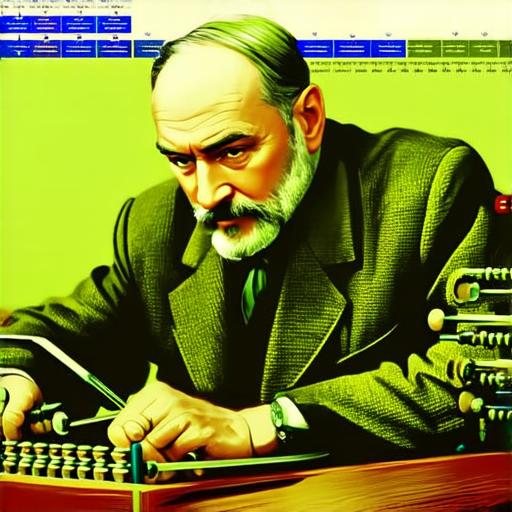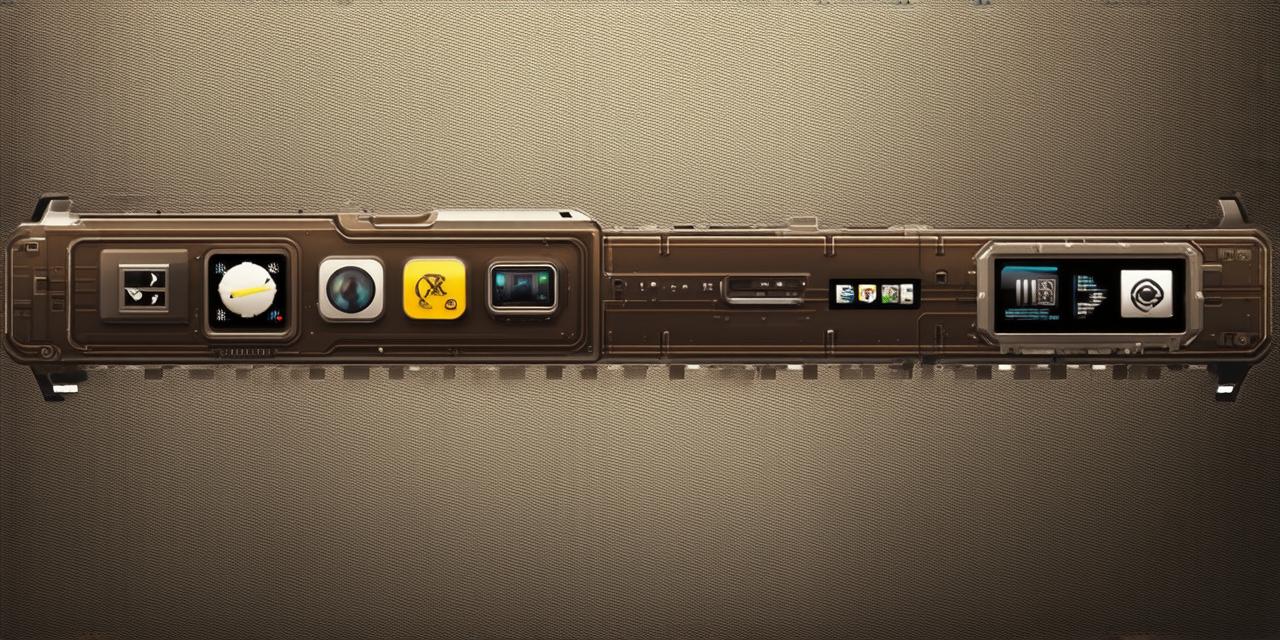When did applications first start?
The First Applications: 1960s and 70s
As we move further into the digital age, it’s hard to imagine life without mobile applications. From social media platforms to productivity tools, apps have become an integral part of our daily lives. But where did these applications first come from? In this article, we will explore the history of applications and their evolution over time.
The concept of applications can be traced back to the 1960s when computer scientists began developing programs that could perform specific tasks. These early programs were typically designed for mainframe computers and required extensive programming knowledge. One of the earliest examples of an application was called “Time-Share” which allowed multiple users to access a single computer simultaneously.
In the 1970s, personal computers like the Altair 8800 and Apple I introduced a new era of computing. These small, affordable computers were designed for individual use and made it possible for hobbyists and programmers to create their own applications. One of the earliest examples of an application for these personal computers was called “Messenger” which allowed users to send messages over a network.
The Rise of Mobile Applications: 2000s
As smartphones became more popular in the 2000s, mobile applications began to gain traction. The first mobile application was called “Shozu” which was launched in 2001 and allowed users to send pictures and videos from their phones to a computer.
In 2007, Apple introduced the iPhone and its app store, which revolutionized the way people accessed and used applications. The popularity of mobile applications continued to grow in the following years as more smartphones became available and more people began using them for everyday tasks like shopping, banking, and socializing.
The Evolution of Applications: Today and Tomorrow
Today, applications have become an integral part of our daily lives, and their use continues to evolve. With the advent of artificial intelligence (AI) and machine learning, many applications are now able to learn from user behavior and adapt to individual preferences. This has led to more personalized experiences for users and has opened up new opportunities for developers.
In the future, we can expect even more advanced applications that will continue to push the boundaries of what is possible. As technology continues to advance, it’s likely that we will see even more integration between applications and other technologies like virtual reality (VR) and augmented reality (AR).
Case Studies: Real-Life Applications in Action
One example of an application that has had a significant impact on our lives is Uber. Launched in 2010, Uber quickly became one of the most popular ride-sharing apps in the world, allowing users to easily hail rides from their smartphones. Today, Uber operates in over 6,000 cities around the world and has transformed the way people travel.
Another example is Instagram, which was launched in 2010 and quickly became one of the most popular social media platforms in the world. Today, Instagram has over one billion monthly active users and has become a major platform for businesses and influencers to connect with their audiences.
FAQs: Answering Your Questions
Q: What was the first application ever created?
A: The concept of applications can be traced back to the 1960s when computer scientists began developing programs that could perform specific tasks. One of the earliest examples of an application was called “Time-Share” which allowed multiple users to access a single computer simultaneously.
Q: What is the future of applications?

A: Today, applications have become an integral part of our daily lives, and their use continues to evolve. With the advent of artificial intelligence (AI) and machine learning, many applications are now able to learn from user behavior and adapt to individual preferences. In the future, we can expect even more advanced and personalized applications that will continue to push the boundaries of what is possible.
Q: What is a mobile application?
A: A mobile application, also known as a mobile app or just an app, is a software program designed to run on a mobile device such as a smartphone or tablet computer. Mobile applications can be downloaded from an app store or marketplace and are typically used for entertainment, productivity, education, or other purposes.
Q: What is the difference between a website and a mobile application?
A: A website is a collection of related web pages, including multimedia content, typically identified with a common domain name, and published on at least one web server. A mobile application, on the other hand, is a software program designed specifically for mobile devices, which can be downloaded from an app store or marketplace and installed directly on the device.
Q: What are some examples of popular mobile applications?
A: There are countless popular mobile applications across many different categories, including social media (Facebook, Instagram), messaging (WhatsApp, Telegram), entertainment (Netflix, Spotify), gaming (Candy Crush Saga, Angry Birds), productivity (Evernote, Trello), education (Duolingo, Khan Academy), and many more.
